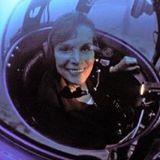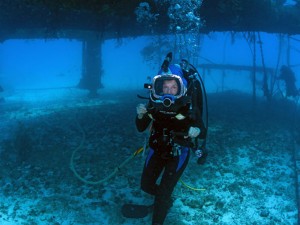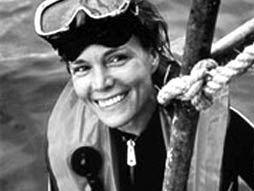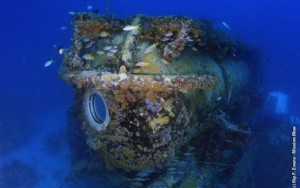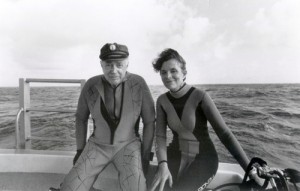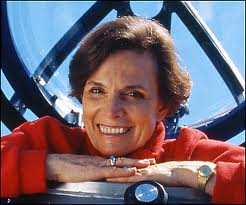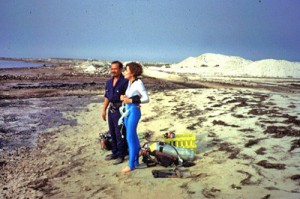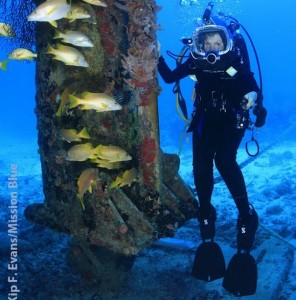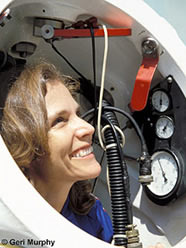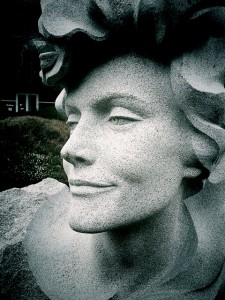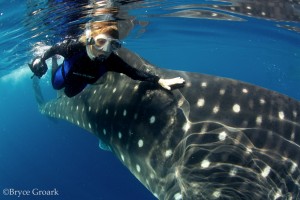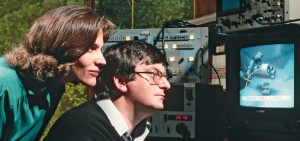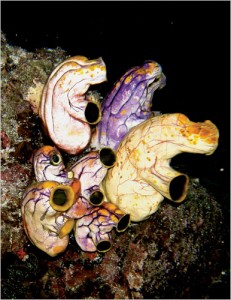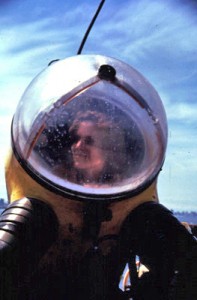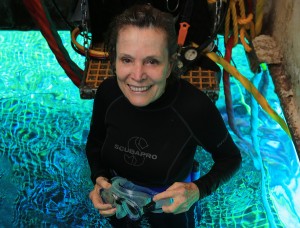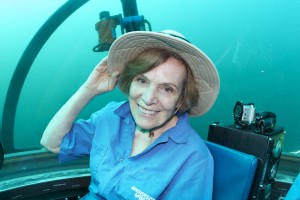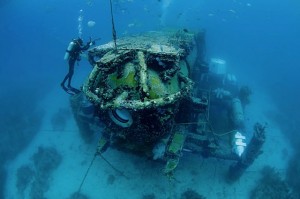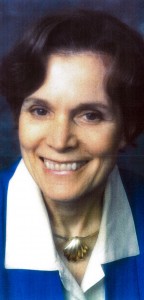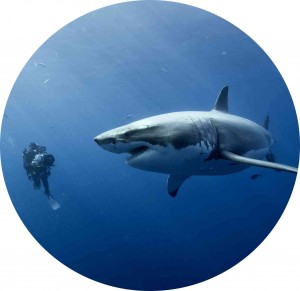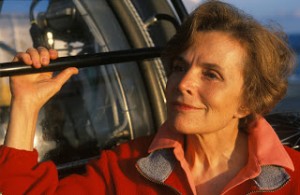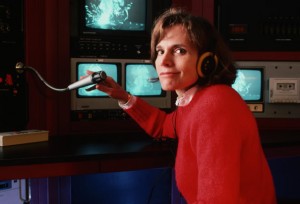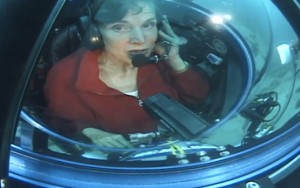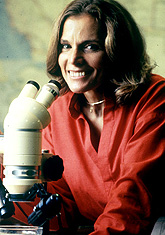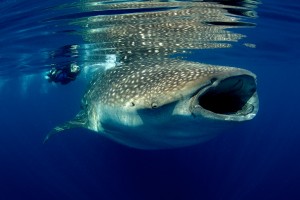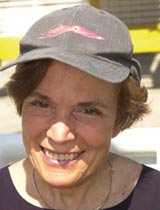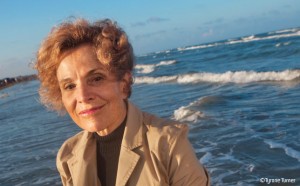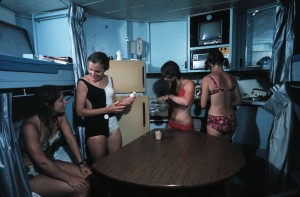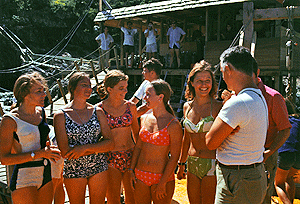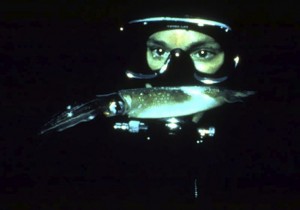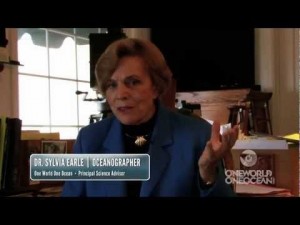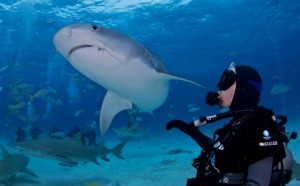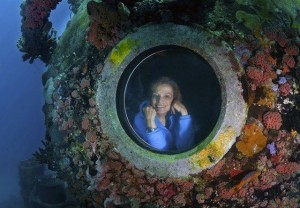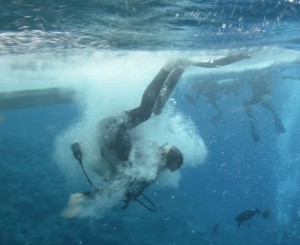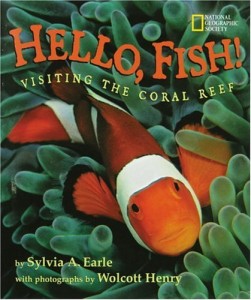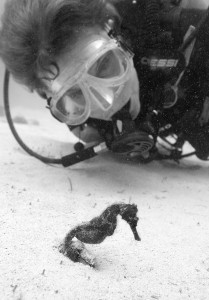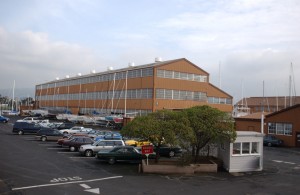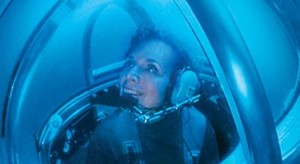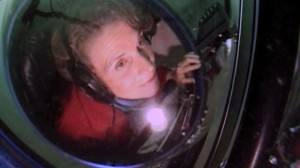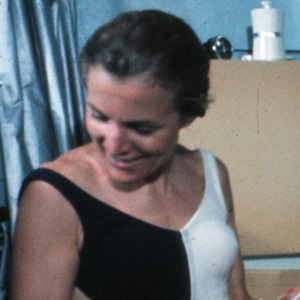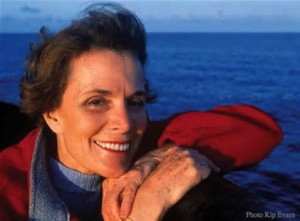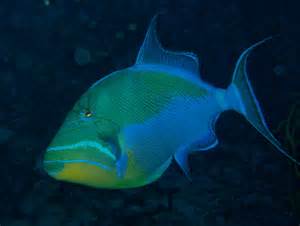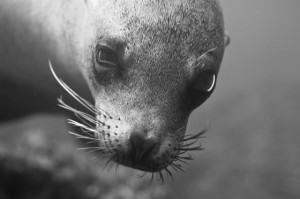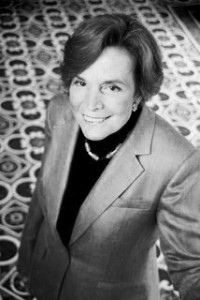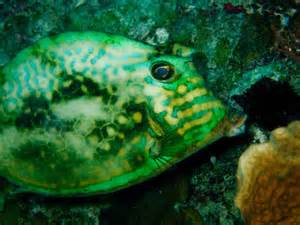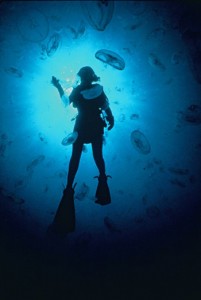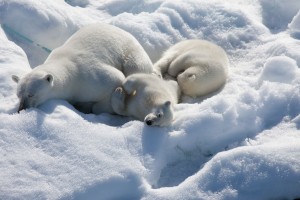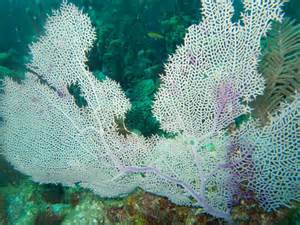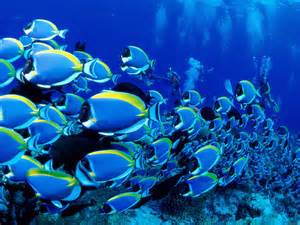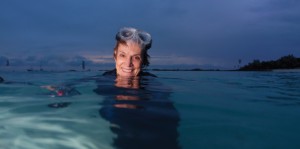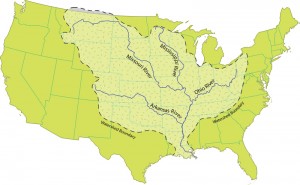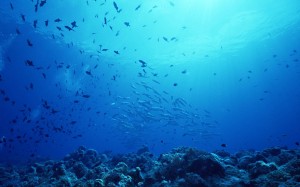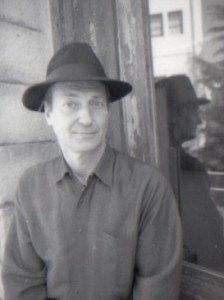Dr. Sylvia Earle has a rich alto voice which she uses to educate us about the ocean.
I hope there is intelligent life – among humans. Sylvia Earle
People ask: Why should I care about the ocean? Because the ocean is the cornerstone of earth’s life support system, it shapes climate and weather. It holds most of life on earth. 97% of earth’s water is there. It’s the blue heart of the planet – we should take care of our heart. It’s what makes life possible for us. We still have a really good chance to make things better than they are. They won’t get better unless we take the action and inspire others to do the same thing. No one is without power. Everybody has the capacity to do something.
Dr. Sylvia Earle is a marine biologist, explorer, author, and lecturer and a National Geographic explorer-in-residence.
“I wish you would use all means at your disposal – films! expeditions! the web! more! – to ignite public support for a global network of marine protected areas, hope spots large enough to save and restore the ocean, the blue heart of the planet.”
Sylvia Earle was the first female chief scientist of the U.S. National Oceanic and Atmospheric Administration, and Time Magazine named her its first Hero for the Planet in 1998.
With every drop of water you drink, every breath you take, you’re connected to the sea. No matter where on earth you live.
Dr. Earle received a bachelor of science degree from Florida State University and a masters and PhD from Duke University.
No water, no life, no blue, no green.
She was the Curator of Phycology, the study of algae, the primary photosynthetic organisms in freshwater and marine food chains, at the California Academy of Sciences (1979–1986) and a research associate at the University of California, Berkeley (1969–1981), Radcliffe Institute Scholar (1967–1969) and research fellow at Harvard University (1967–1981).
I have lots of heroes: anyone and everyone who does whatever they can to leave the natural world better than they found it.
After receiving her Ph.D. in 1966, Dr. Earle spent a year as a research fellow at Harvard, then returned to Florida as the resident director of the Cape Haze Marine Laboratory.
The Exxon Valdez spill triggered a swift and strong reponse that changed policies about shipping, about double-hulled construction. A number of laws came into place.
Sylvia Earle was selected to lead the first all-female team of aquanauts in Tektite II.
Health to the ocean means health for us.
In 1979, Dr. Earle made an open-ocean JIM suit dive to the sea floor near Oahu, setting a women’s depth record of 381 metres (1,250 ft).
I am not in any hurry to grow up.
In 1979 Dr. Earle also began her tenure as the Curator of Phycology at the California Academy of Sciences, where she served until 1986.
If somebody dumps something noxious in my back yard, the dumper is the last one I would call on to repair the damage.
From 1980 to 1984 Dr. Earle served on the National Advisory Committee on Oceans and Atmosphere.
I actually love diving at night; you see a lot of fish then that you don’t see in the daytime.
In 1982 Dr. Earle and her husband, Graham Hawkes, an engineer and submersible designer, founded Deep Ocean Engineering to design, operate, support and consult on piloted and robotic subsea systems.
Humans are the only creatures with the ability to dive deep in the sea, fly high in the sky, send instant messages around the globe, reflect on the past, assess the present and imagine the future.
In 1985, the Deep Ocean Engineering team designed and built the Deep Rover research submarine, which operates down to 1,000 metres (3,300 ft).
The best scientists and explorers have the attributes of kids! They ask question and have a sense of wonder. They have curiosity. ‘Who, what, where, why, when, and how!’ They never stop asking questions just like a five year old.
By 1986, Deep Rover had been tested, and Dr. Earle joined the team conducting training off Lee Stocking Island in the Bahamas.
Sharks are beautiful animals, and if you’re lucky enough to see lots of them, that means that you’re in a healthy ocean. You should be afraid if you are in the ocean and don’t see sharks.
Sylvia Earle left the Deep Ocean Engineering team in 1990 to accept an appointment as a chief scientist at the National Oceanic and Atmospheric Administration where she stayed until 1992.
Just as we have the power to harm the ocean, we have the power to put in place policies and modify our own behavior in ways that would be an insurance policy for the future of the sea, for the creatures there, and for us, protecting special critical areas in the ocean.
She was the first woman to be chief scientist at the National Oceanic and Atmospheric Administration.
Why is it that scuba divers and surfers are some of the strongest advocates of ocean conservation? Because they’ve spent time in and around the ocean, and they’ve personally seen the beauty, the fragility, and even the degradation of our planet’s blue heart.
In 1992 Dr. Earle founded Deep Ocean Exploration and Research (DOER Marine) to further advance marine engineering. The company, now run by her daughter, Elizabeth, designs, builds and operates equipment for deep-ocean environments.
We need to respect the oceans and take care of them as if our lives depended on it. Because they do.
Since 1998 Sylvia Earle has been a National Geographic explorer-in-residence, sometimes called “Her Deepness” or “The Sturgeon General”.
I love music of all kinds, but there’s no greater music than the sound of my grandchildren laughing; my kids, too.
From 1998 to 2002 Dr. Earle led the Sustainable Seas Expeditions, a five-year program to study the United States National Marine Sanctuary sponsored by the National Geographic Society and funded by the Goldman Foundation.
Hold up a mirror and ask yourself what you are capable of doing, and what you really care about. Then take the initiative – don’t wait for someone else to ask you to act.
Dr. Earle was a leader of the Sustainable Seas Expeditions, council chair for the Harte Research Institute for the Gulf of Mexico Studies at Texas A&M-Corpus Christi, and chair of the Advisory Council for the Ocean in Google Earth.
Look at the bark of a redwood, and you see moss. If you peer beneath the bits and pieces of the moss, you’ll see toads, small insects, a whole host of life that prospers in that miniature environment. A lumberman will look at a forest and see so many board feet of lumber. I see a living city.
Sylvia Earle also provided the Deep Worker 2000 submersible used to quantify the species of fish as well as the space resources utilized within the Stellwagen Bank National Marine Sanctuary.
There’s something missing about how we’re informing the youngsters coming along about what matters in the world. We teach them the numbers and the letters, but we fail to communicate the importance of our connection to the living world.
Dr. Earle has written children’s books, including Coral Reefs, Hello Fish, Sea Critters and Dive!
Every time I slip into the ocean, it’s like going home.
Sylvia Earle has founded three companies, among them DOER Marine (Deep Ocean Exploration and Research) in Alameda, California.
When I arrived on the planet, there were only two billion. Wildlife was more abundant, we were less so; now the situation is reversed.
In 2009, Dr. Earle won a TED (Technology Entertainment Design) prize and with that support she launched Mission Blue, which aims to establish marine protected areas (dubbed “hope spots”) around the globe.
Ten percent of the big fish still remain. There are still some blue whales. Those wanting to see the California gray whale can go and see them with their own eyes on a whale watching california trip. There are still some krill in Antarctica. There are a few oysters in Chesapeake Bay. Half the coral reefs are still in pretty good shape, a jeweled belt around the middle of the planet. There’s still time, but not a lot, to turn things around. If we can turn things around, the entire Ocean eco-system will stand in better stead. From the fantastic marine creatures that delve in and around the coral reefs I just mentioned, to the ginormous La Jolla’s grey whales that roam the open seas around California, it would be a huge shame for people not to experience these beautiful creations with their own eyes. The Ocean is, in my opinion, Earth’s greatest masterpiece. With around 70% still yet to be explored, who knows what’s out there…
In 1986, Dr. Earle tied the world solo dive depth record in a sub (and setting the record for a woman), going 1000m in Deep Ocean Engineering’s Deep Rover, tying the record set by her then husband Graham Hawkes.
Bottom trawling is a ghastly process that brings untold damage to sea beds that support ocean life. It’s akin to using a bulldozer to catch a butterfly, destroying a whole ecosystem for the sake of a few pounds of protein. We wouldn’t do this on land, so why do it in the oceans?
Dr. Earle is a Knight in the Netherlands’ Order of the Golden Ark, and in 2000, she was honored as a new member of the National Women’s Hall of Fame.
People still do not understand that a live fish is more valuable than a dead one, and that destructive fishing techniques are taking a wrecking ball to biodiversity.
Sylvia Earle founded Deep Search (also known as the Sylvia Earle Alliance, Deep Search Foundation, and Mission Blue), a non-profit foundation for protecting and exploring the Earth’s oceans.
For humans, the Arctic is a harshly inhospitable place, but the conditions there are precisely what polar bears require to survive – and thrive. ‘Harsh’ to us is ‘home’ for them. Take away the ice and snow, increase the temperature by even a little, and the realm that makes their lives possible literally melts away.
I find the lure of the unknown irresistible.
When I first ventured into the Gulf of Mexico in the 1950s, the sea appeared to be a blue infinity too large, too wild to be harmed by anything that people could do.
Far and away, the greatest threat to the ocean, and thus to ourselves, is ignorance. But we can do something about that.
If you think the ocean isn’t important, imagine Earth without it. Mars comes to mind. No ocean, no life support system.
Forty percent of the United States drains into the Mississippi. Its agriculture. Its golf courses. Its domestic runoff from our lawns and roads. Ultimately, where does it go? Downstream into the gulf.
The end of commercial fishing is predicted long before the middle of the 21st century.
See you next week?
Sam Andrew
_______________________________________________________

